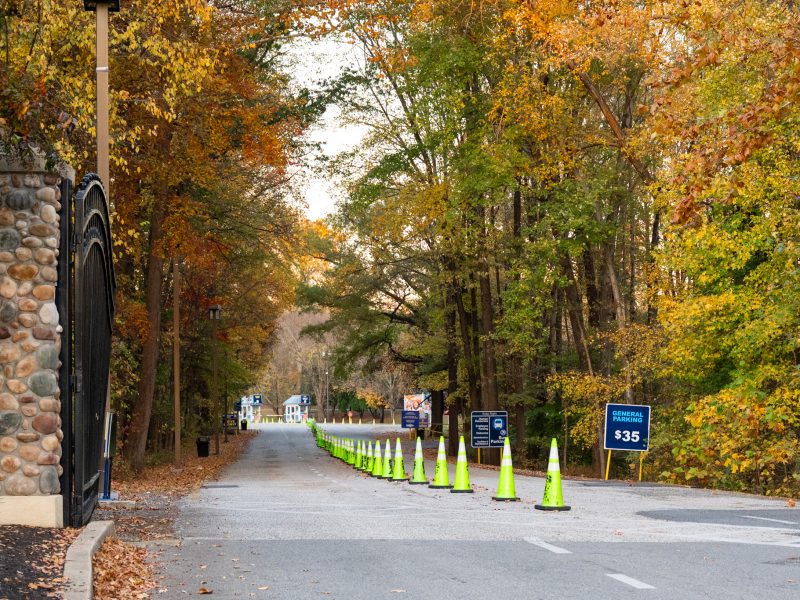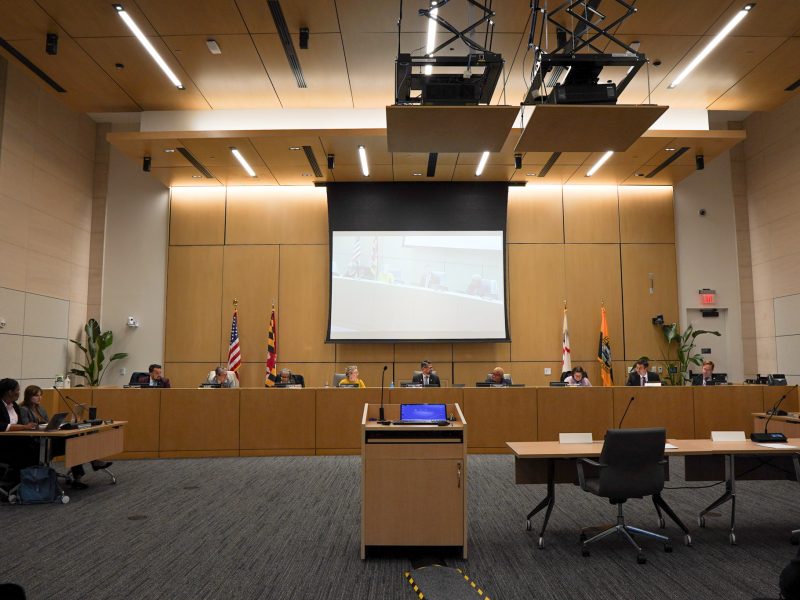The Prince George’s County’s gun violence study workgroup submitted its final recommendations to address high gun violence rates in the county on Tuesday.
The county had the second highest number of firearm-related deaths in Maryland between January 2015 and September 2025, according to a state dashboard. Youth violations in county gun-related incidents increased by more than 200 percent between 2020 and 2023, according to the workgroup’s report.
“I look forward to the recommendations that come out of this task force actually coming to fruition,” said District 7 council member Krystal Oriadha, the workgroup’s co-chair. “We do taskforces and we do workgroups, but the most important thing is that we actualize them.”
The county council established the workgroup in 2023, which met monthly to discuss potential solutions for a rise in gun violence, specifically among young people.
[Here’s where to get free food assistance in Prince George’s County]
The council’s health, human services and public safety committee director Sandra Eubanks said the group identified four areas to focus on when submitting their recommendations.“Implementing these strategies will require continued partnership among county agencies, community organizations and residents to address the root causes of gun violence and support those impacted,” Eubanks said.
Here are some recommendations the council made under each area.
Programs and initiatives
The group recommended multiple initiatives aimed to limit youth engagement with guns. The workgroup found that factors like social media, easy firearm access and peer pressure contribute to more young people interacting with guns.
The council proposed a school-based violence prevention programs that would teach conflict resolution, emotional regulation, and non-violent communication in school curricula, according to the report.
During the workgroup’s final meeting in June, Oriadha said she schools should consider introducing violence prevention curriculum as early as elementary school because she has seen that students in middle school are already having challenges with the conflict.
“Sometimes we’re starting a little bit too old to have the biggest impact,” Oraidha said.
Victim services
The report includes initiatives that advocate better support for victims of gun violence.
This includes the expansion of a state compensation program to cover mental health care, relocation expenses and lost wages for victims of gun violence.
The report also recommends the establishment of trauma recovery centers in neighborhoods with high rates of gun violence to provide resources like medical care, counseling and legal assistance.
Policy and legislative changes
The workgroup proposed multiple state and county level legislative changes to address gun violence.
At the county level, the group recommended the establishment of a gun violence protection office to oversee communication with different county agencies and improve accountability for gun violence prevention initiatives.
The report also advocates for the removal of all firearms from people who are under protective orders, which would be a change at the state level. Currently, guns are only confiscated if the owner is bound by an extreme risk protection order, according to the report.
[Prince George’s County executive confirms new public safety officials]
Elana Belon-Butler, the county’s director of family services, said she supports this proposal because of a high number of domestic violence reports within the county.
The county filed about 5,000 protection orders and 46 extreme risk protection orders in 2024, according to the report.
Mental health diversion impact
The group also recommended increasing access to trauma-informed mental health services in schools, especially in areas with higher risk youth populations.
Tyreese McAllister, a mental health professional and part of the workgroup, said interventions for youth involvement with gun violence should be made mandatory to more effectively address the problem.
“We’re missing an opportunity to really work with a young person because not all young people have a gun because they want to do a crime,” McAllister said. “Some of them have it because everybody else has it and they want to protect themselves and maybe they don’t know any other way.”



